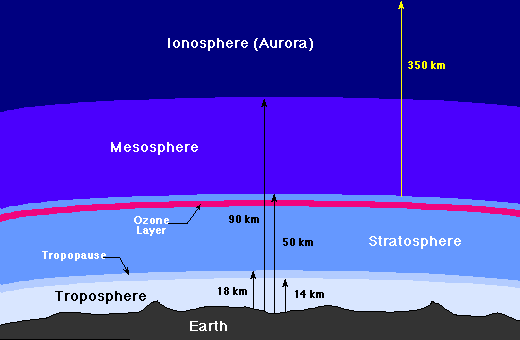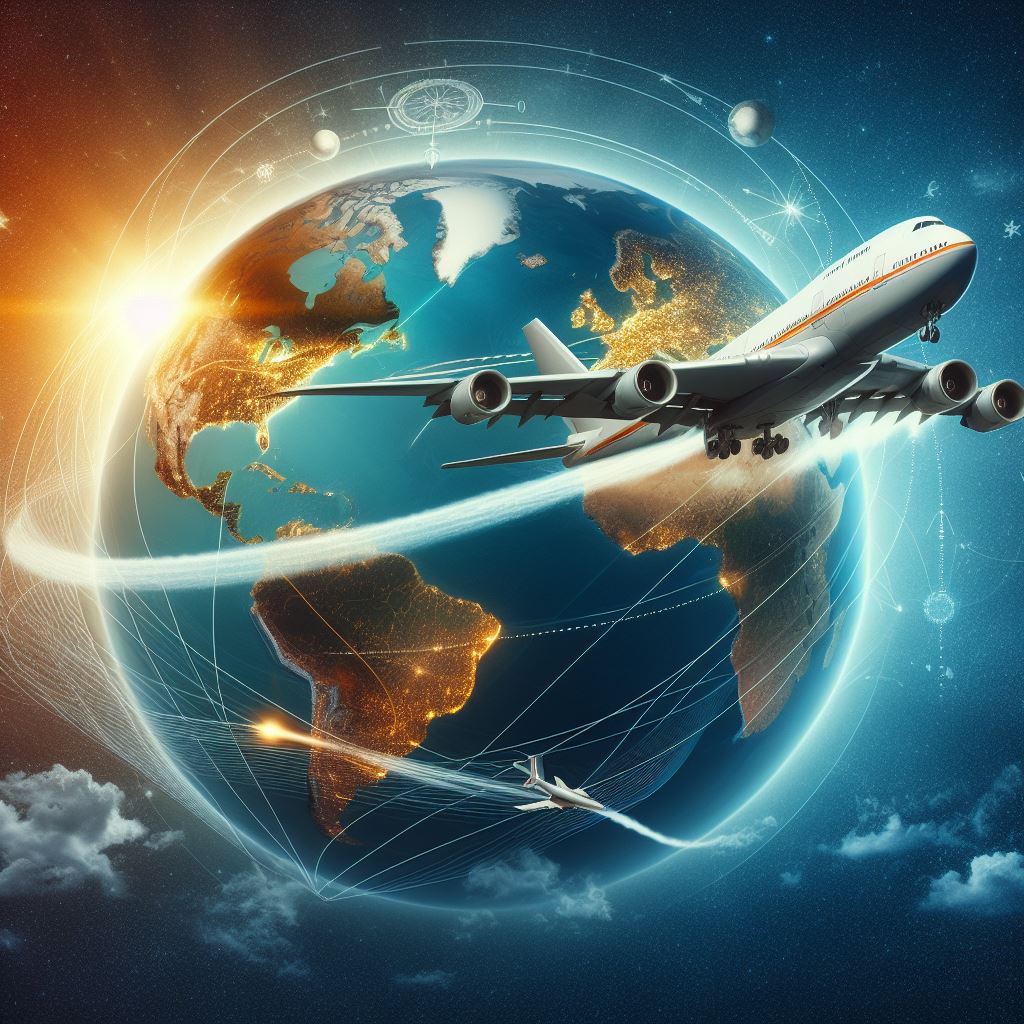Traveling across different time zones can be a perplexing experience, especially when it comes to understanding why planes traveling from west to east or vice versa take the same amount of time. The phenomenon of time zones and their impact on air travel is a fascinating subject that involves various factors such as Earth’s rotation, the speed of aircraft, and the way we measure time. In this article, I’ll delve into these aspects to unravel the mystery behind why planes traveling in opposite directions take equal time to reach their destinations.
The Time Zones
To begin with, let’s explore the concept of time zones. Time zones were established to standardize timekeeping across different regions of the world. The Earth is divided into 24 time zones, each approximately 15 degrees of longitude wide, with the Prime Meridian (0 degrees longitude) serving as the reference point.
As the Earth rotates from west to east, each time zone corresponds to a one-hour difference in time. When you travel from one time zone to another, you may need to adjust your clocks forward or backward to synchronize with the local time.
Airplane’s Motion
Now, let’s consider the motion of airplanes. Aircraft travel at high speeds, often exceeding hundreds of miles per hour. When an airplane flies from west to east, it is moving in the same direction as the Earth’s rotation. This means that the airplane is essentially chasing the Sun, which appears to move from east to west due to the Earth’s rotation. Conversely, when an airplane travels from east to west, it is flying against the Earth’s rotation, or in other words, it is moving opposite to the direction of the Sun’s apparent movement.
One might intuitively think that flying in the same direction as the Earth’s rotation (west to east) would be faster than flying against it (east to west). After all, if you’re already moving in the direction the Earth is spinning, wouldn’t that give you an extra boost? Surprisingly, this is not the case. The reason lies in the frame of reference and the relative speeds involved.
The Atmosphere’s Also Rotating
From the perspective of an observer on the ground, it might seem like the Earth’s rotation should provide an advantage to airplanes traveling from west to east. However, it’s essential to remember that the atmosphere, in which airplanes fly, is also rotating along with the Earth. This means that regardless of whether an airplane is flying with or against the Earth’s rotation, it is still moving through the atmosphere at roughly the same speed.

Image Credit: ResearchGate
To illustrate this point further, let’s consider an analogy. Imagine you are on a moving walkway at an airport. If you walk in the same direction as the walkway, your speed relative to the ground increases. Conversely, if you walk against the direction of the walkway, your speed relative to the ground decreases. However, your speed relative to the walkway itself remains the same. Similarly, airplanes flying with or against the Earth’s rotation experience the same relative speed with respect to the atmosphere, regardless of the direction of travel.
The Only Advantages/Disadvantages Flying West-East
Moreover, factors such as wind patterns and jet streams can influence the speed of an aircraft during flight. Jet streams are narrow bands of strong wind that flow in the upper atmosphere, primarily from west to east. While flying from west to east, airplanes can take advantage of these jet streams to gain speed and reduce travel time. Conversely, when flying from east to west, aircraft may encounter headwinds, which can slow them down and increase travel time. However, these effects are temporary and do not significantly alter the overall time required for the journey.
Another crucial factor to consider is the way we measure time. The standard unit of time, the hour, is based on the Earth’s rotation and is defined relative to the position of the Sun in the sky. However, modern air travel relies on coordinated universal time (UTC), which is based on atomic clocks and is independent of the Earth’s rotation. UTC provides a uniform timekeeping system that is used globally for aviation and other purposes.
Wrapping Up
In conclusion, the reason why planes traveling from west to east take the same time as planes traveling from east to west boils down to a combination of factors including the Earth’s rotation, the relative speed of airplanes within the atmosphere, wind patterns, and the way we measure time. Despite the intuitive notion that flying with the Earth’s rotation should be faster, the reality is that the speed of airplanes is largely unaffected by the Earth’s rotation due to the rotating atmosphere. Therefore, whether you’re flying into the sunrise or chasing the sunset, rest assured that the time it takes to reach your destination remains consistent, thanks to the intricate interplay of these factors in the realm of air travel.
From Aliens to Apes: Homo sapiens’ Reign Supreme – Terrestrially and Extraterrestrially



